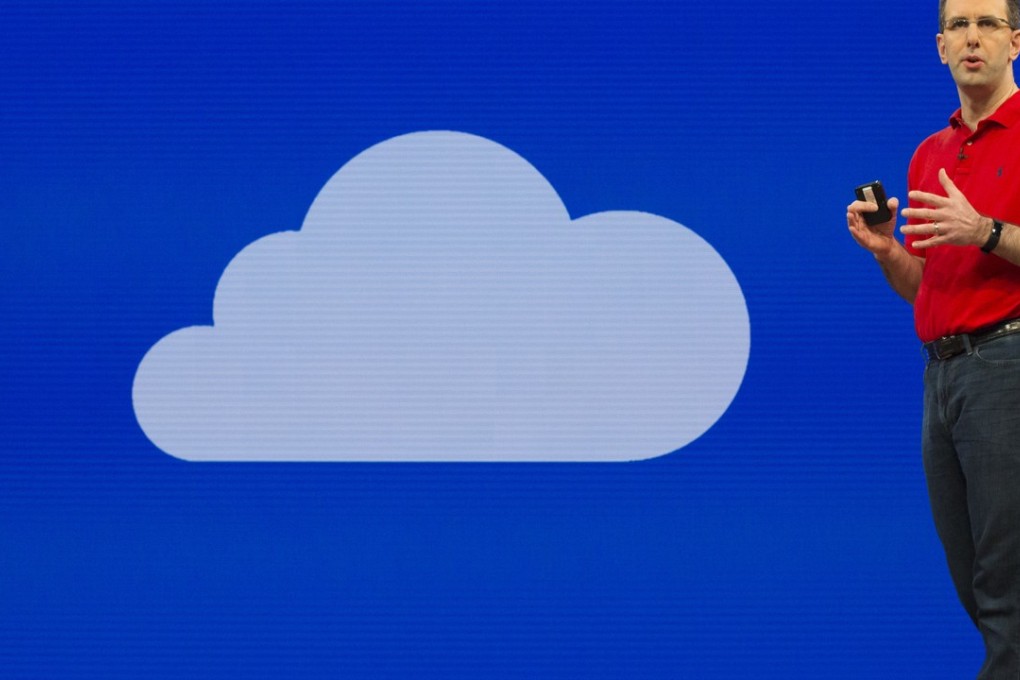Microsoft to inject artificial intelligence in every product and service it offers

Microsoft on Wednesday unveiled new tools intended to democratise artificial intelligence by enabling machine smarts to be built into software from smartphone games to factory floors.
The US technology titan opened its annual Build Conference by highlighting programmes with artificial intelligence that could tap into services in the internet “cloud” and even take advantage of computing power in nearby machines.
“We are infusing AI into every product and service we offer,” said Microsoft executive vice president of artificial intelligence and research Harry Shum. “We’ve been creating the building blocks for the current wave of AI breakthroughs for more than two decades.”
Microsoft research has gone deep into areas such as machine learning, speech recognition, and enabling machines to recognise what they “see.”
“Now, we’re in the unique position of being able to use those decades of research breakthroughs,” Shum said.
